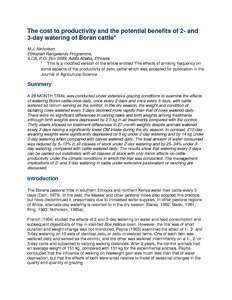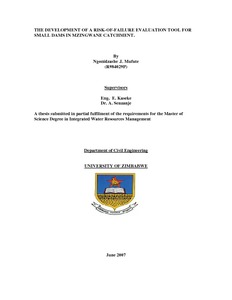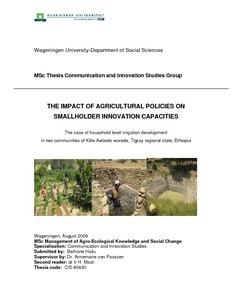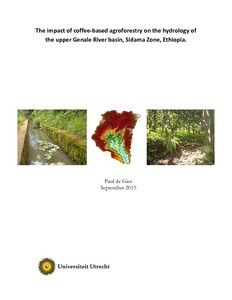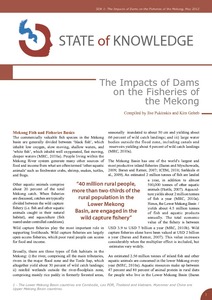The cost to productivity and the potential benefits of 2- and 3-day watering of Boran cattle
A trial conducted to examine the effects of watering Boran cattle once daily, once every two days and once every three days on birth and weaning weights, post-weaning growth and cow performance under extensive grazing conditions.

